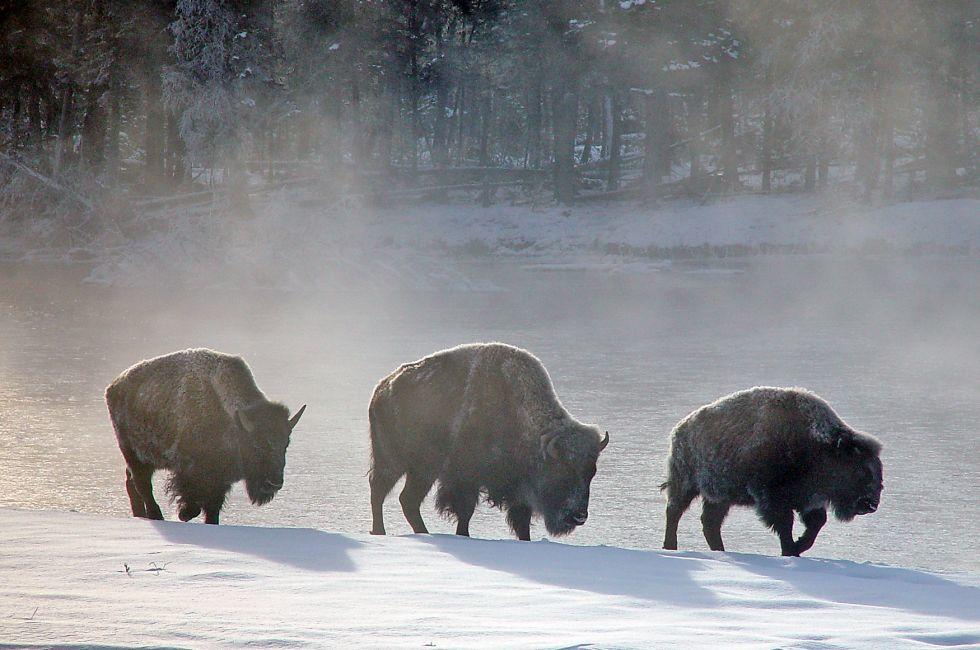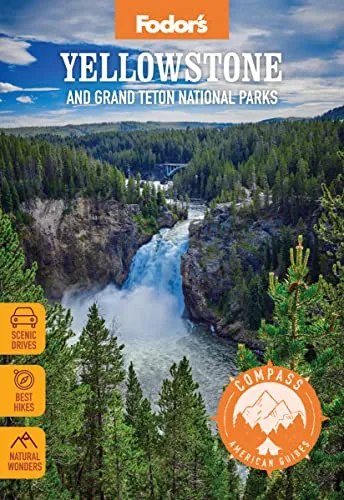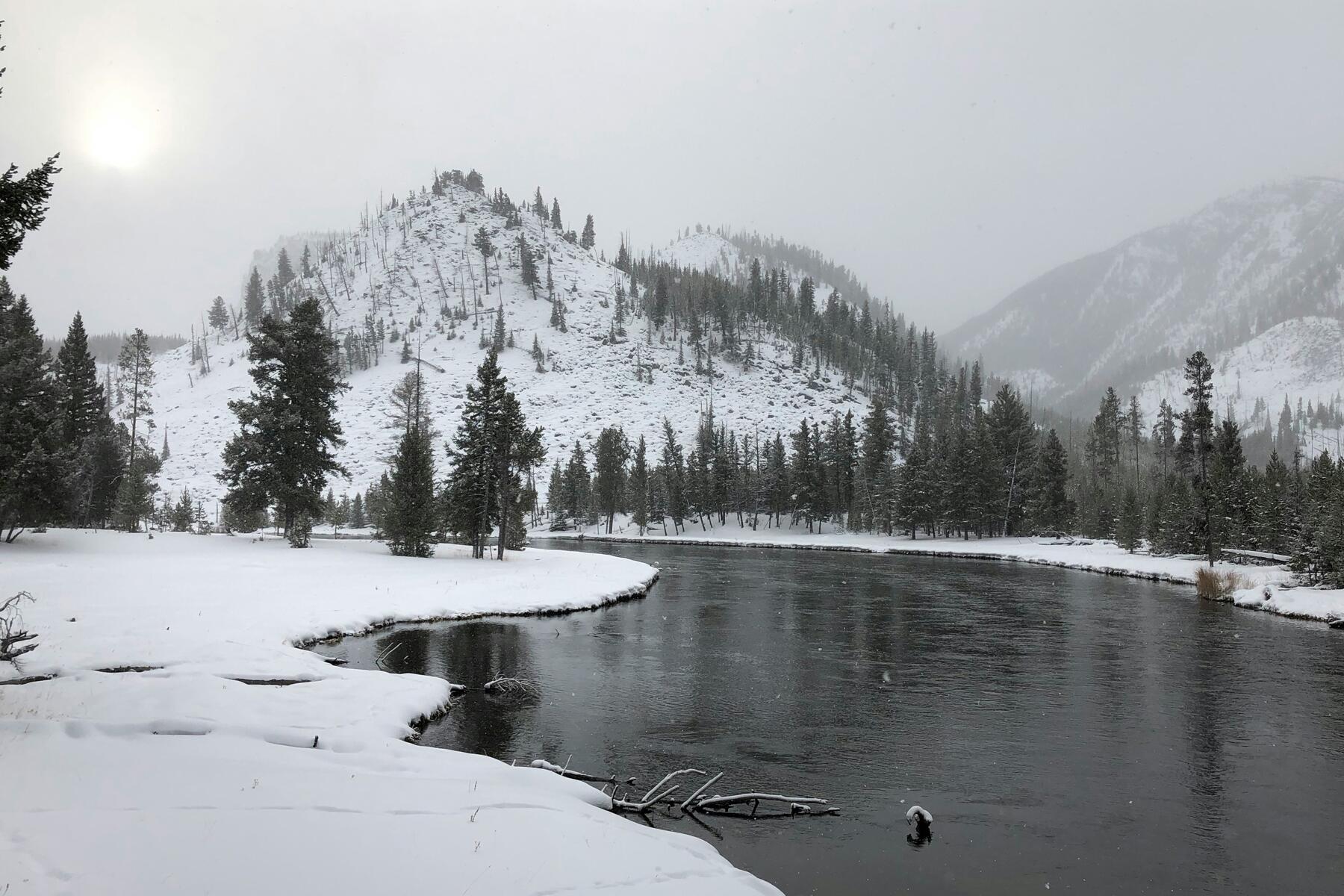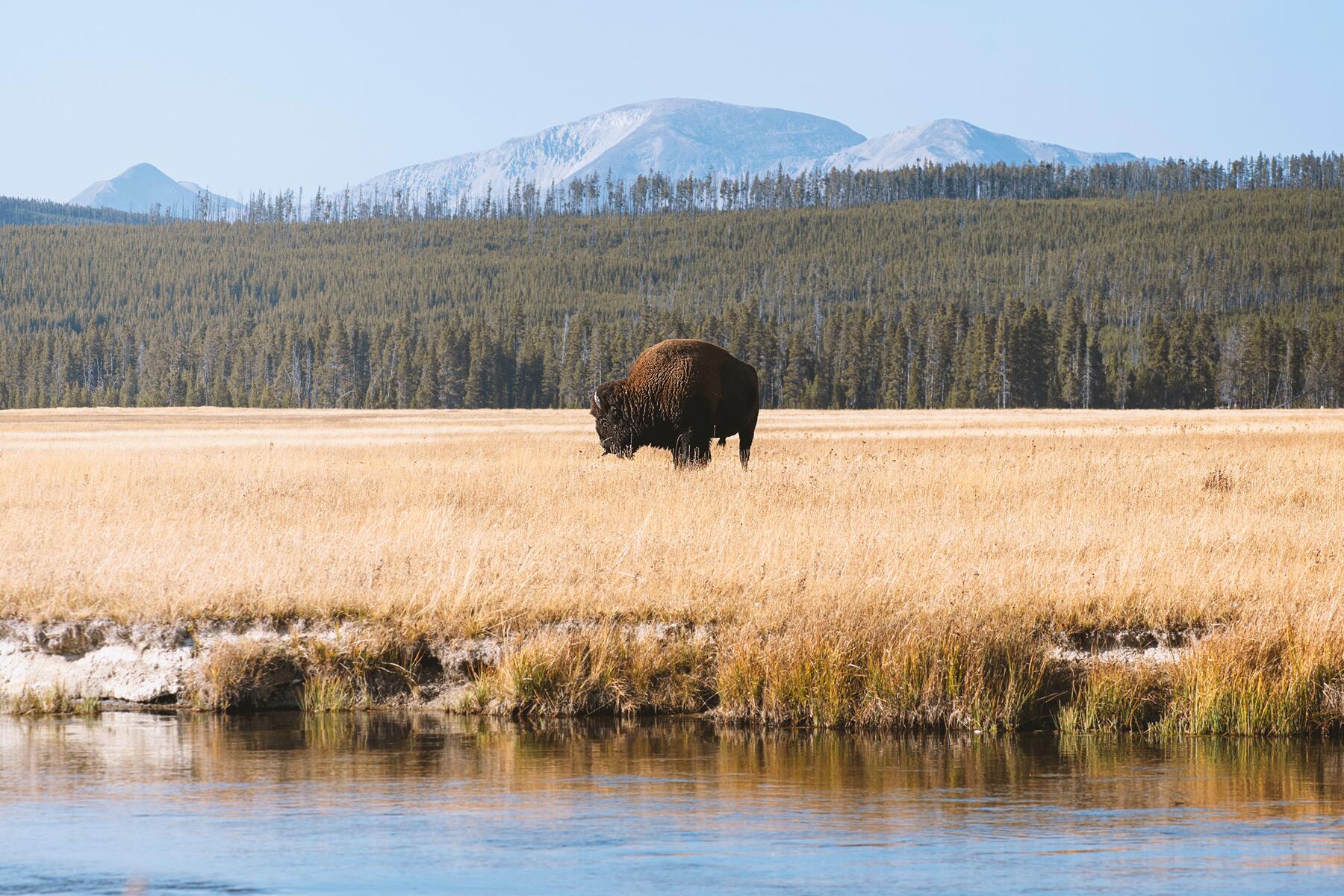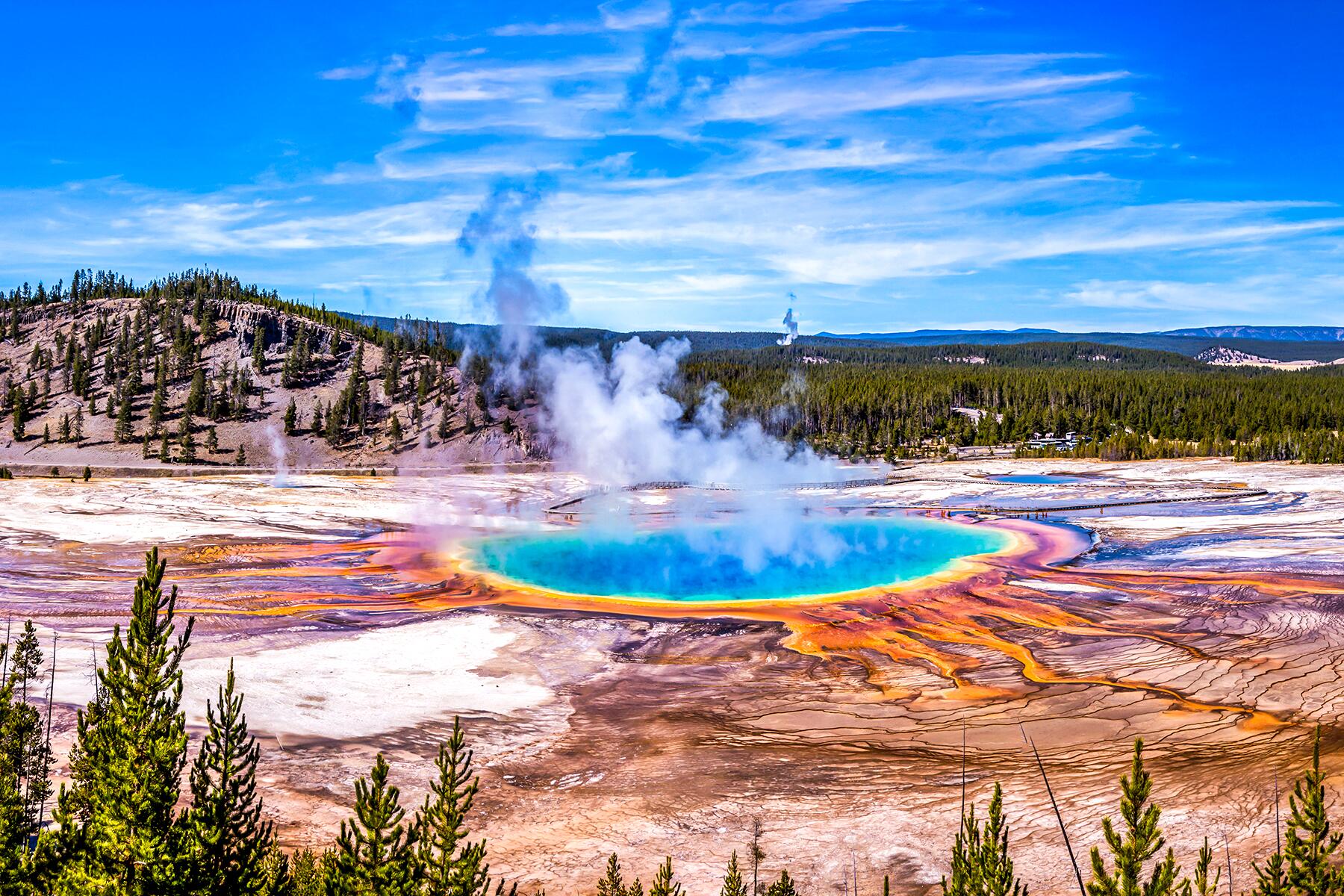Yellowstone National Park
Yellowstone National Park
A landscape of astonishing beauty that's captured the imagination of visitors for many generations, this magma-filled pressure cooker of a park contains the world's greatest concentration of geysers, mudpots, fumaroles, and hot springs. But Yellowstone's unparalleled diversity makes it truly special—here you'll also find a massive river canyon, meadows teeming with bison and wolves, a huge and pristine alpine lake, and some of the country's most striking national park architecture.
Yellowstone was established in 1872 by President Ulysses S. Grant as America's first national park. At 3,472 square miles, it's also the second largest national park in the Lower 48, trailing only Death Valley. It's named for the roaring, north-flowing river that indigenous Minnetaree inhabitants called...
Read MoreA landscape of astonishing beauty that's captured the imagination of visitors for many generations, this magma-filled pressure cooker of a park contains the world's greatest concentration of geysers, mudpots, fumaroles, and hot springs. But Yellowstone's unparalleled diversity makes it truly special—here you'll also find a massive river canyon, meadows teeming with bison and wolves, a huge and pristine alpine lake, and some of the country's most striking national park architecture.
Yellowstone was established in 1872 by President Ulysses S. Grant as America's first national park. At 3,472 square miles, it's also the second largest national park in the Lower 48, trailing only Death Valley. It's named for the roaring, north-flowing river that indigenous Minnetaree inhabitants called Mi tse a-da-zi, or Yellow Rock River, for the yellow bluffs that flank it—early-19th-century French trappers adapted that name, calling the entire region Yellowstone. Only one small Shoshone band, the Sheepeaters, ever settled permanently on the land now framed by the park, but for thousands of years the Blackfeet, Crow, Bannock, Flathead, Nez Perce, and Northern Shoshone frequented the area for its plentiful wildlife.
Legendary mountain man John Colter, who arrived here in 1807, was the first white American known to explore the area. His descriptions of geysers and boiling rivers prompted some mapmakers to dub the uncharted region Colter's Hell. Reports by subsequent explorers and trappers continued to spread around the country over the next few decades, eventually spurring both privately and federally funded expeditions in the 1860s. The Hayden Geological Survey of 1871 produced the most detailed report yet, complete with the still-iconic photographs by William Henry Jackson and paintings by Thomas Moran. Members of Congress were so impressed that they felt compelled to preserve this awe-inspiring land as a national park, most of it in the then territory of Wyoming (with smaller sections in Montana and Idaho). For its first 45 years, the park was administered by the U.S. Army, whose Fort Yellowstone headquarters in Mammoth Hot Springs remain a popular attraction. The National Park Service came into existence in 1916 and has been overseeing the park ever since.
Although enormous, Yellowstone National Park has been developed with a visitor-friendly logic that makes it surprisingly easy to explore. The five different entrances access 310 miles of picturesque paved roads, including the Grand Loop Road, which connects the park's most popular features. A network of historic villages with lodgings, restaurants, services, and well-maintained trails provides the opportunity for overnight stays in different sections of the park. And if you get an early start, it's possible to cover quite a lot of ground each day, especially during the longer days of summer.
That said, because there's so much to see, park lodgings book months in advance, and it can take two or three hours to travel between park entrances, it's wise to prepare a strategy before visiting. The park's geothermal features—including the geyser basins around Old Faithful and Norris and the western half of Yellowstone Lake—are a must, and they're mostly situated within or adjacent to Yellowstone Caldera, the still very active supervolcano whose three massive eruptions over the past 2.1 million years created the otherworldly landscape that makes the park so famous today. You can see much of the caldera in one long day, and each subsequent day in the park will allow you to enjoy other key attractions and activities: the Grand Canyon of the Yellowstone, Mammoth Hot Springs, Lamar Valley, and the many opportunities for viewing unusual geological features and mesmerizing wildlife, from lake cruises to snowcoach tours to both easy and rugged hikes.
